1973
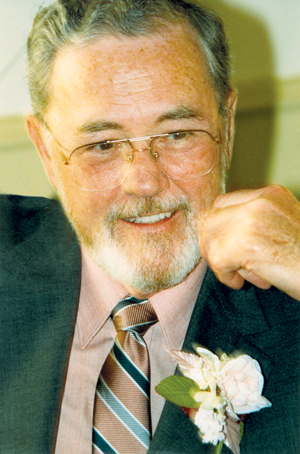 Lloyd Martin
Lloyd Martin Ernst J. Eichwald, MD, chair of the University of Utah Department of Pathology, hires Lloyd Martin as a business manager. Martin plants the seeds of a new idea: pathologists owning, operating, and expanding a reference laboratory.
1983
John M. Matsen, III, MD, incorporates Associated Regional and University Pathologists Inc. and becomes ARUP’s first chief executive officer (CEO).
1984
ARUP Laboratories launches. Lab staffers receive pink slips from the University of Utah Hospital and immediately join the new company at 390 Wakara Way in Research Park. 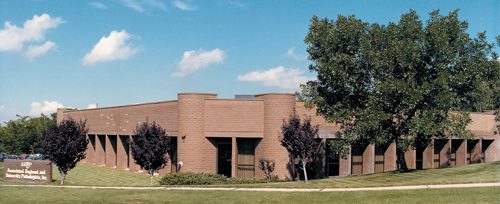
1989
Intermountain Healthcare becomes an ARUP client.
ARUP moves to 500 Chipeta Way. Designed by Russ Haymond and Charles DeWitt, the 75,000-square-foot building is constructed in 10 months. 
1992
Matsen becomes University of Utah vice president of health sciences, and Carl R. Kjeldsberg, MD, is named president and CEO of ARUP.
1993
Ronald Weiss, MD, MBA, is named director of laboratories. He helps translate ARUP’s vision and mission statements into The Five Pillars of ARUP Culture. 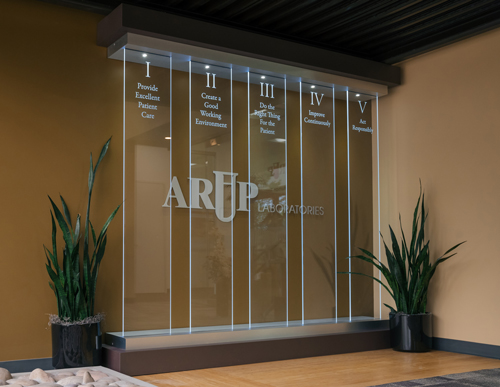
1994
Responsibility for operational logistics shifts from medical directors to technical operations managers. Labs are staffed 24/7/365 to better meet patients’ and clients’ needs.
Carl T. Wittwer, MD, PhD, and K. Owen Ash, PhD, lead ARUP as it offers the first polymerase chain reaction (PCR) test and jumps into molecular pathology.
1995
Building 2 is added. Kjeldsberg, Matsen, and University of Utah President Arthur K. Smith, PhD, cut the ribbon. 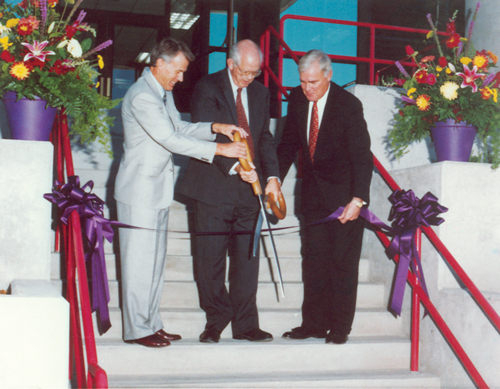
1996
The ARUP Institute for Clinical and Experimental Pathology® is founded under the direction of Harry R. Hill, MD.
1998
William L. “Bill” Roberts, MD, PhD, joins ARUP. He is instrumental in forming the Children’s Health Improvement through Laboratory Diagnostics (CHILDxTM) program and initiating ARUP’s pediatric reference interval study.
1999
ARUP exits the corporate drug testing business.  This image and tagline were used on ARUP’s drug testing brochure.
This image and tagline were used on ARUP’s drug testing brochure.
Lab stewardship is introduced with the Analyzing Test Ordering PatternsTM (ATOP®) report.
2000
Building 3 is added and gives ARUP an additional 72,000 square feet of space. ARUP acquires a nucleic acid sequencer, which enables the development of the original Hepatitis C Virus Genotype test. 
2001
ARUP obtains tax-exempt status.
ARUP’s Institute for Learning is established to provide educational opportunities to employees and clients.
2002
Kjeldsberg and University of Utah President Bernie Machen, DDS, MS, PhD, shake on a deal that ARUP is not for sale. Within months, their deal falls apart when Machen seriously entertains a bid from Sorenson Capital. 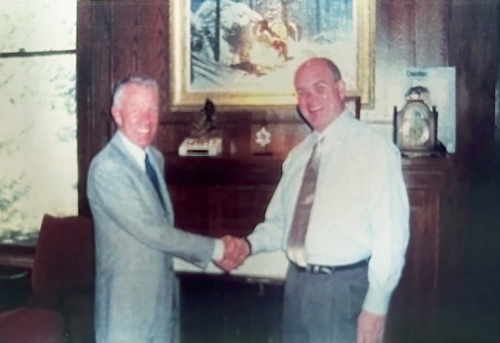 Kjeldsberg and Machen agree ARUP is not for sale.
Kjeldsberg and Machen agree ARUP is not for sale.
ARUP volunteers use of its lab facilities to the doping control lab of the University of California, Los Angeles (UCLA), which performs athlete drug testing during the Winter Olympics in Salt Lake City.
2003
The deal with Sorenson Capital is called off. Kjeldsberg agrees to give the university more control over ARUP and 5% of annual revenue.
ARUP launches a year-long initiative to expand newborn screening under Utah state law by utilizing a new mass spectrometry method that allows for simultaneous analysis for multiple newborn diseases.
ARUP’s Building 1.5 opens with the world’s largest lab specimen freezer, a two-story, 7,000-square-foot unit that can hold 2.2 million specimens and has fully robotic storage and retrieval capabilities. 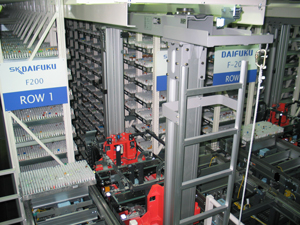
Weiss becomes company president and chief operating officer.
2004
Charles D. Hawker, PhD, MBA, spearheads implementation of a new lab automation system that can transport and sort up to 4,000 specimens an hour.
2006
ARUP Consult® launches as a clinician test selection guide to share expertise beyond the lab. It was originally designed for Palm Pilots.
2007
ARUP opens an on-site childcare center. 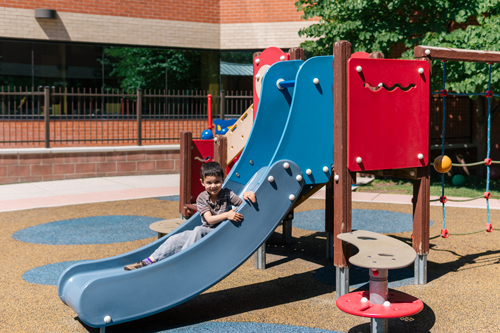
2008
ARUP Consultative Services begins offering market opportunity assessments, outreach infrastructure evaluation, and outreach business planning.
ARUP purchases a building at 560 Arapeen Drive. The Transportation Department moves to a new airport facility.
2009
ARUP Blood Services opens a 15,000-square-foot facility in Sandy, Utah. Kjeldsberg retires. Edward R. “Ed” Ashwood, MD, becomes ARUP’s president and third CEO.
2011
ARUP expands its no-cost employee clinic into a fully staffed Family Health Clinic. 
2012
ARUP assumes testing oversight for the University of Utah community clinics and South Jordan laboratories.
2015
Under Hawker’s guidance, ARUP implements the MagneMover LITE automation track system to move specimens through the lab at 2 meters per second, which enables ARUP to manage 7,000 specimens an hour. 
Dean Li, MD, PhD, serves as ARUP’s interim CEO.
2016
Edgar Braendle, MD, PhD, becomes CEO.
2017
Sherrie L. Perkins, MD, PhD, is named CEO and becomes the first woman CEO of a major reference laboratory in the United States. Andy Theurer is named president after serving as chief financial officer (CFO).
ARUP earns International Organization for Standardization (ISO) 15189 status from the College of American Pathologists (CAP). Hawker coauthors a report detailing ARUP’s 25-year journey toward achieving the prestigious Six Sigma score for lost specimens.
2018
ARUP partners with Techcyte Inc. to develop the world’s first artificial intelligence (AI)-augmented ova and parasite detection tool, which sets the stage for expansion of digital diagnostics. 
2020
On March 12, ARUP begins molecular diagnostic testing for COVID-19 under the leadership of Chief Medical Officer (CMO) Julio Delgado, MD. In September, Delgado transitions into an executive vice president role, and Tracy George, MD, is named CMO. On November 7, ARUP verifies its 1 millionth COVID-19 result.
2021
 Andy Theurer is named CEO after more than 30 years with the company. George is named president and continues in her role as CMO.
Andy Theurer is named CEO after more than 30 years with the company. George is named president and continues in her role as CMO.
 ARUP opens its newest building, Building 4. Every aspect of the new building has been carefully designed to optimize large-scale laboratory operations and position ARUP for future growth.
ARUP opens its newest building, Building 4. Every aspect of the new building has been carefully designed to optimize large-scale laboratory operations and position ARUP for future growth.
2022
Jonathan Genzen, MD, PhD, is named CMO, and Adam Barker, PhD, becomes chief operations officer (COO). Consultative Services is rebranded as ARUP Healthcare Advisory Services. 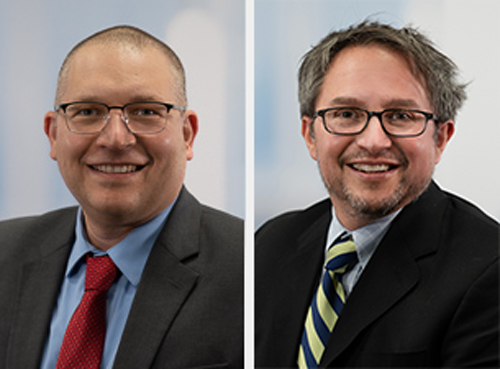
2023
The ARUP Institute for Research and Innovation in Diagnostic and Precision MedicineTM (R&I Institute) is formed under the direction of George, chief scientific officer and president of the Innovation Business Unit.
ARUP earns FDA approval for AAV5 DetectCDxTM, a first-ever companion diagnostic immunoassay for a gene therapy.
2024
ARUP’s University Business Unit is created, led by President Dan Albertson, MD.


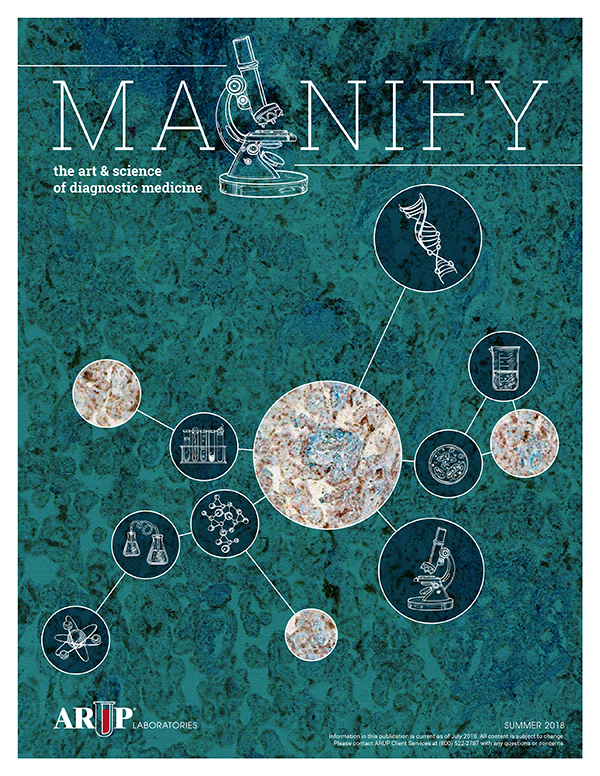
















 Andy Theurer is named CEO after more than 30 years with the company. George is named president and continues in her role as CMO.
Andy Theurer is named CEO after more than 30 years with the company. George is named president and continues in her role as CMO. ARUP opens its newest building, Building 4. Every aspect of the new building has been carefully designed to optimize large-scale laboratory operations and position ARUP for future growth.
ARUP opens its newest building, Building 4. Every aspect of the new building has been carefully designed to optimize large-scale laboratory operations and position ARUP for future growth.